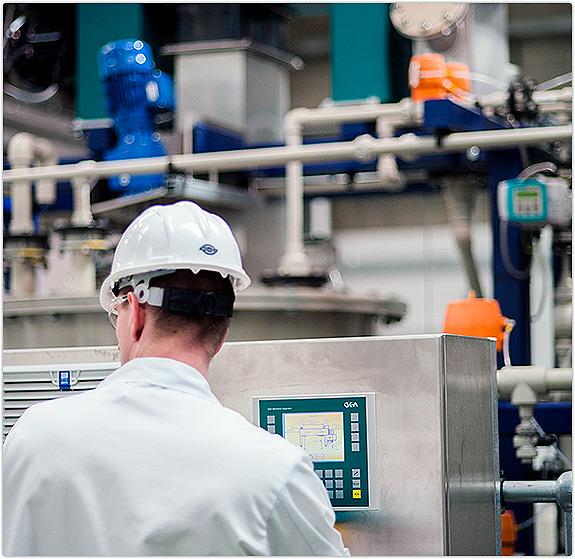The battery was created by pouring polydimethylsiloxane into silicon moulds to create grid patterned trenches, after which a metal film was evaporated over the trenches to create a conductive layer. A liquid slurry containing nanosized active electrode materials was dropped into the trenches and a special transparent substance sandwiched between the electrodes that served as an electrolyte and a separator. Energy density was said to be comparable with that of NiCd batteries.
Although the Stanford project appears not to have made progress, a team at Kogakuin University in Japan has also pursued this avenue of research. In 2015, it unveiled a lithium-ion battery which is not only nearly transparent, but can be recharged with direct sunlight.
When the battery is exposed to sunlight, it becomes slightly tinted – down to approximately 30% transmittance – lowering the amount of light that can pass through, which allows the energy to be captured more efficiently. After discharge, the team reports that light transmittance rises to approximately 60%. They also reported an output of 3.6V.
The group hopes the technology behind the battery could also be used to make smart windows for buildings and vehicles. which can also store power. Smartphone displays could also harvest sunlight to charge the device.

Meanwhile, five years ago, battery developer Nexeon raised £40million to establish a manufacturing plant capable of producing 250 tonnes of silicon anode materials a year.
The company finished commissioning a pilot facility at its headquarters in Oxfordshire in 2014, capable of producing 20 tonnes of materials a year – 10 times less than originally planned.
In addition to the manufacturing capability, the facility included integrated laboratories for process development and material characterisation.
This year, the company raised a further £30m, some of which will go towards opening a development lab in Asia and working on the design of a larger manufacturing facility.













